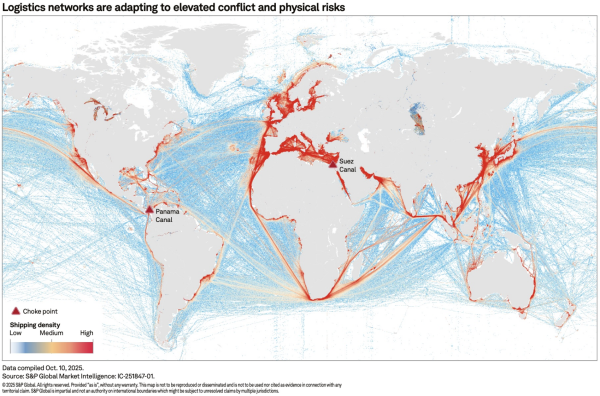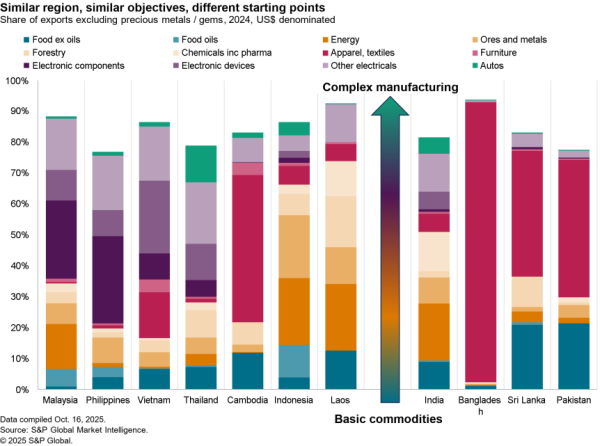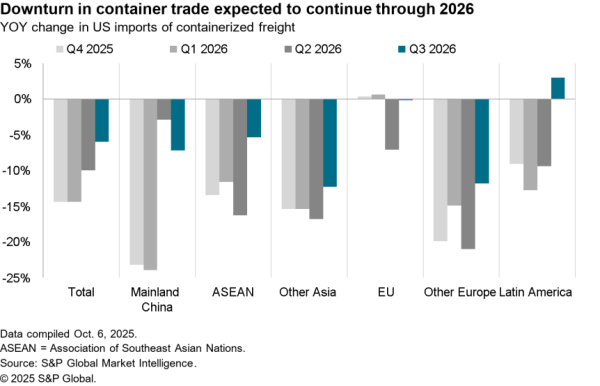President Trump has declared that China’s government are “not currency manipulators” in an interview with the Wall Street Journal. In many regards that shouldn’t be a surprise – the commitment to label the country that was made in the “Contract With America” had already been withdrawn, as outlined in Panjiva research of January 17. The timing is somewhat curious, however, in coming shortly before the scheduled release of a U.S. Treasury report on currency manipulation more broadly.
Even if China is in the clear, the report may still capture at least three “manipulators” under two of its criteria. These include: goods surplus vs. the U.S. of over $20 billion; current account surplus (including services) over 3% of that country’s GDP; net foreign currency purchases of 2% of GDP on a persistent basis.
Panjiva analysis of U.S. imports and exports through February 28 combined with government filings through December 2016 show South Korea, Japan and the European Union meet the surplus and currency account figures while Thailand is on the borderline. China’s current account surplus was 2.3% in 2016 but fell to 1.75% in 4Q. The assessment of foreign currency purchases may be more discretionary given some central banks (eg the ECB) are independent of their government.
The next steps for the administration, assuming manipulators are identified, would be to decide how to use the evidence. One route may be to use potential action as leverage in future negotiations. That may require more details from the omnibus assessment currently ongoing and could form part of renegotiations of KORUS with South Korea. Another may be to declare manipulation as a subsidy for use in ongoing trade cases, which would fit with the more robust approach being shown recently. That may require additional legislation though.

Source: Panjiva




